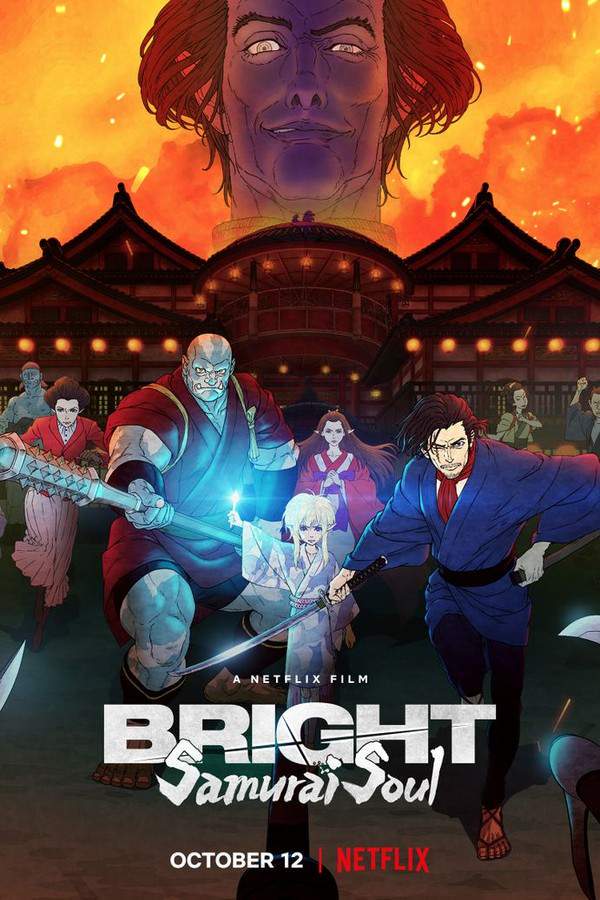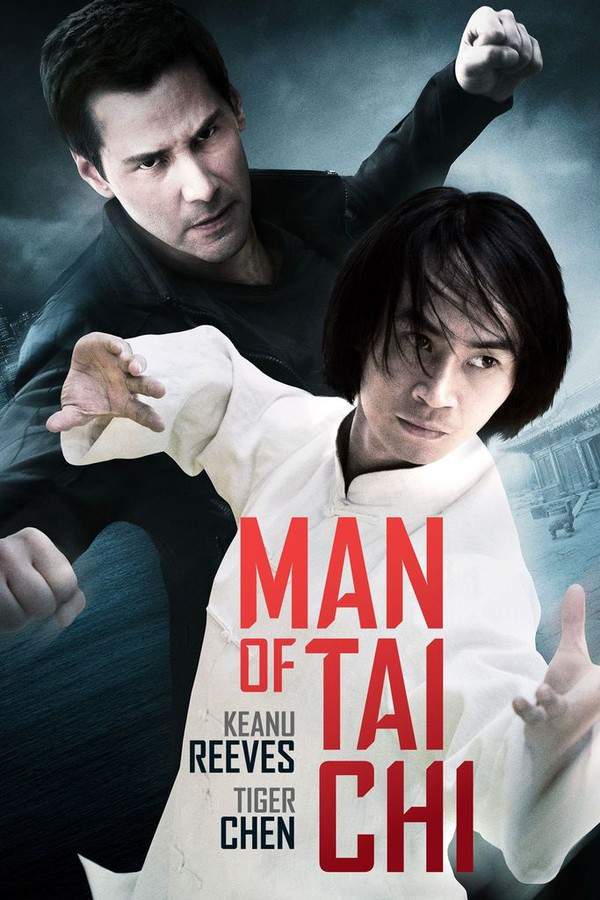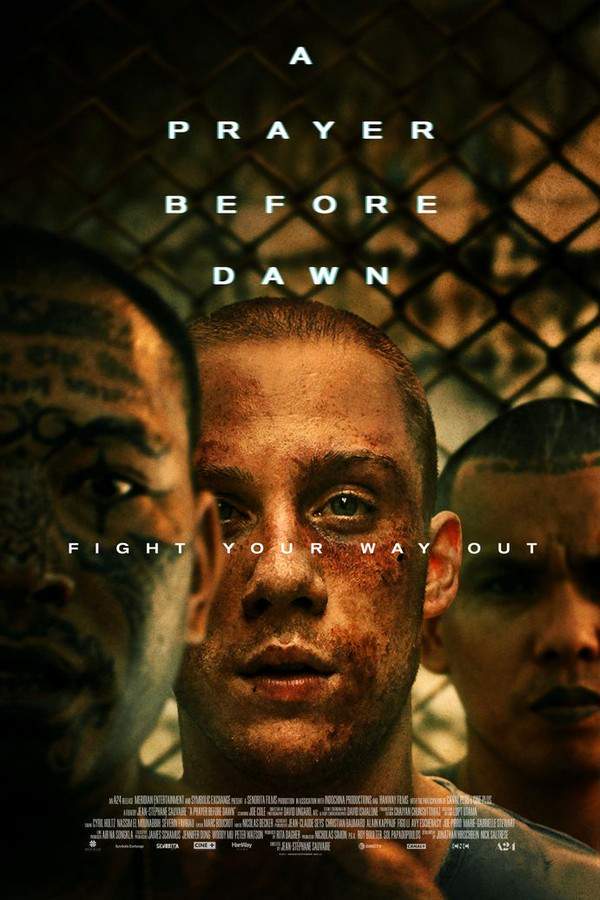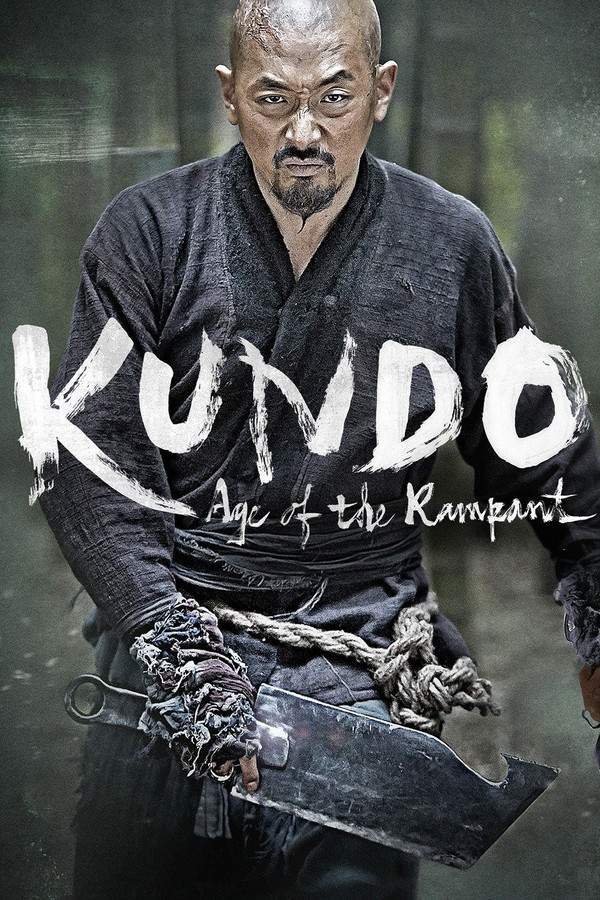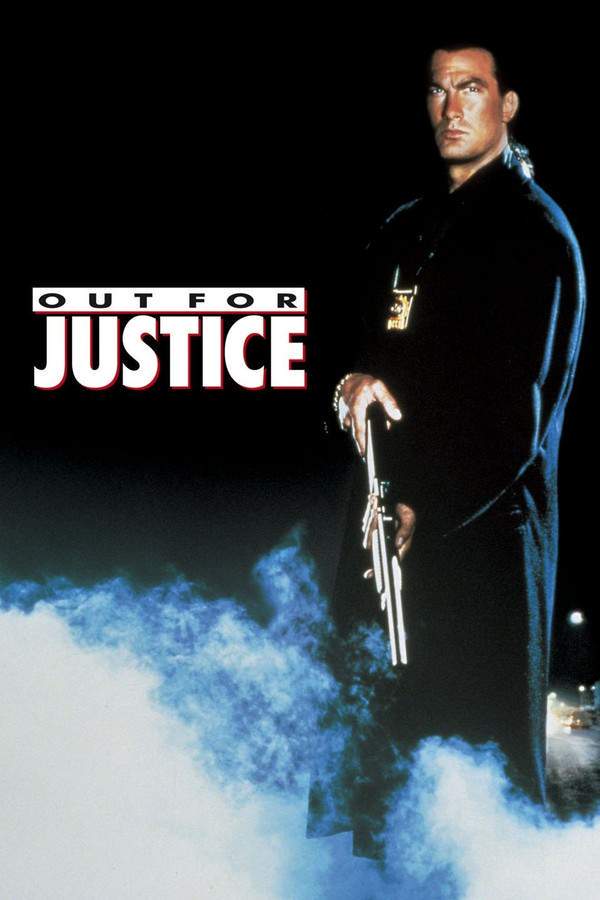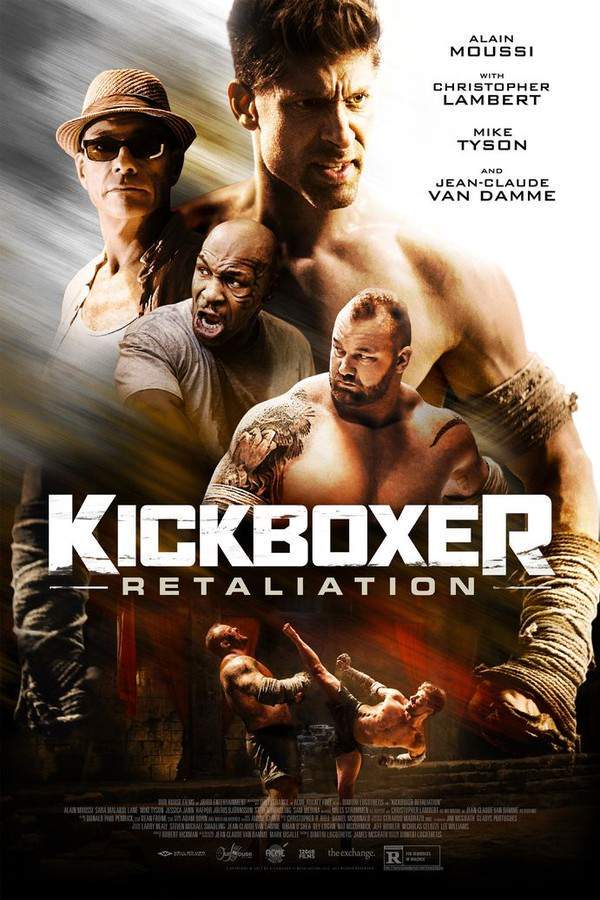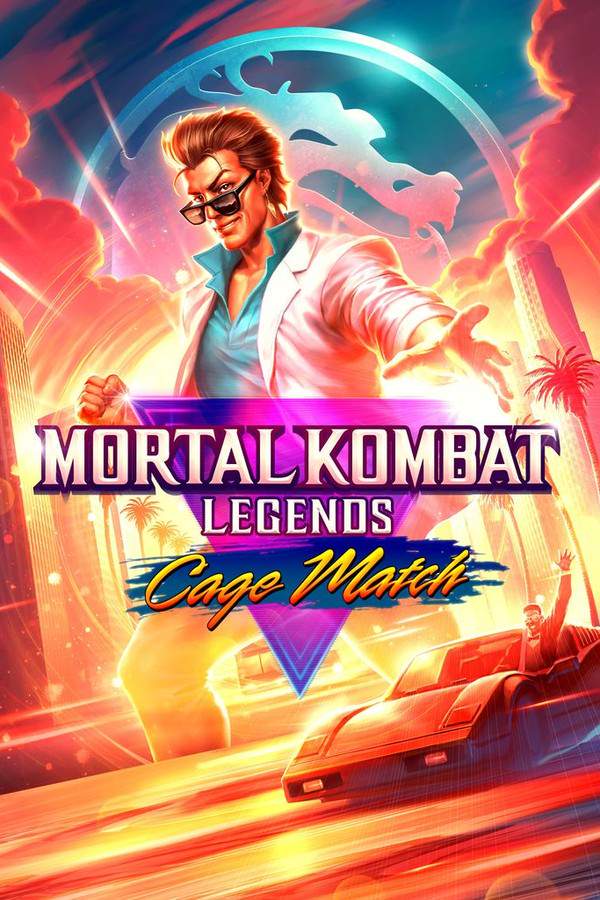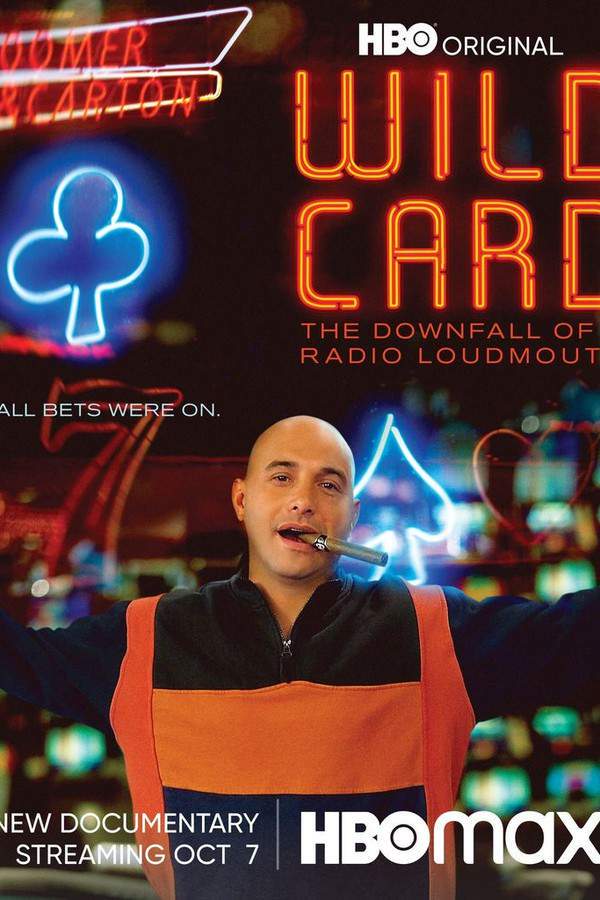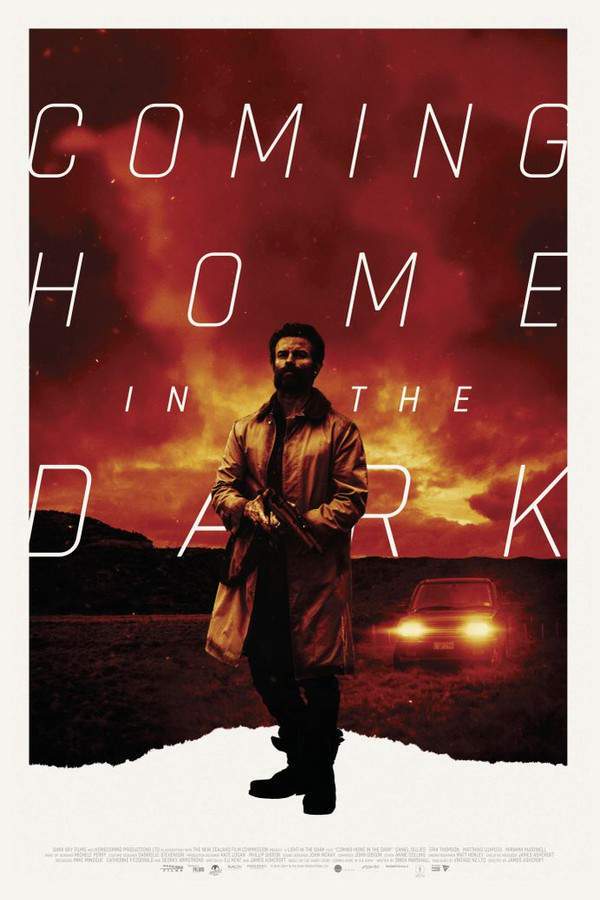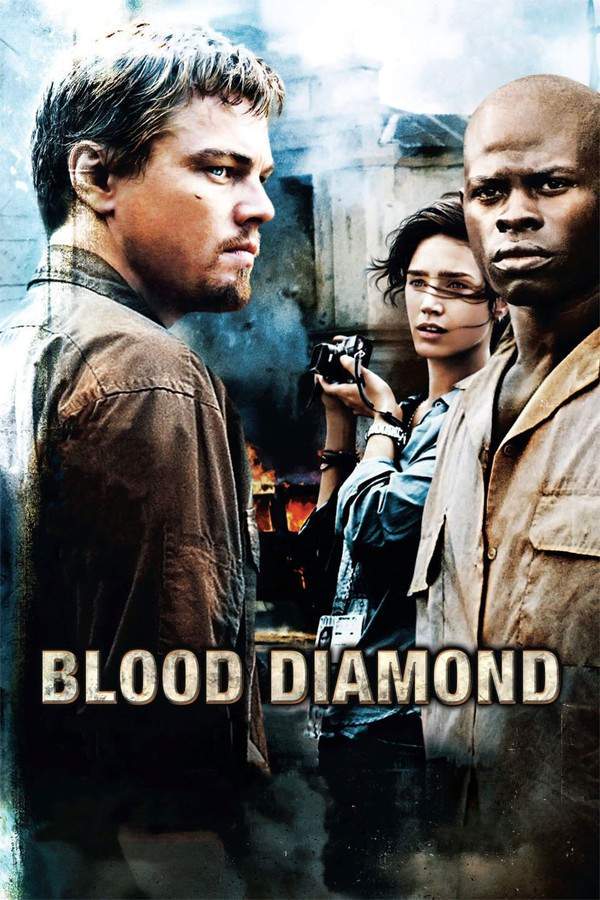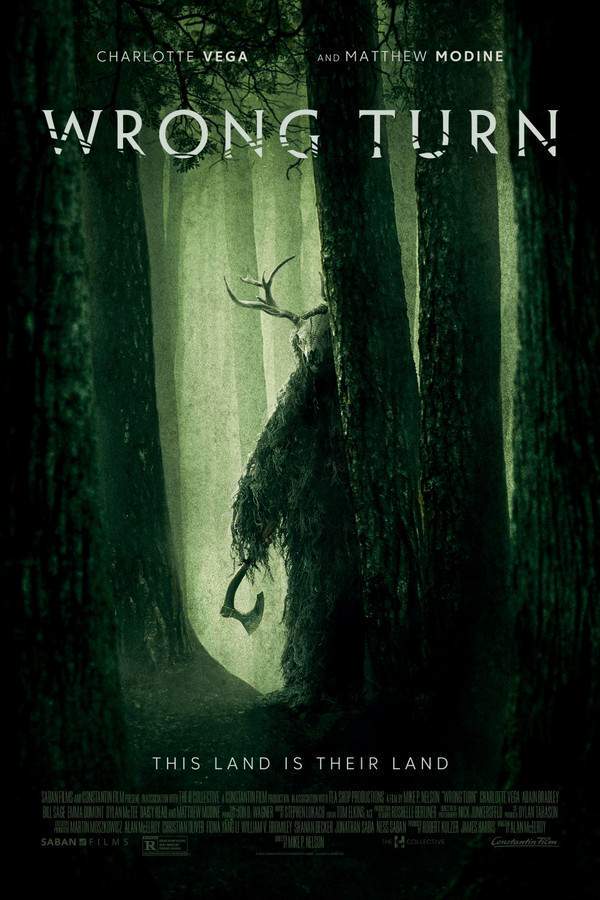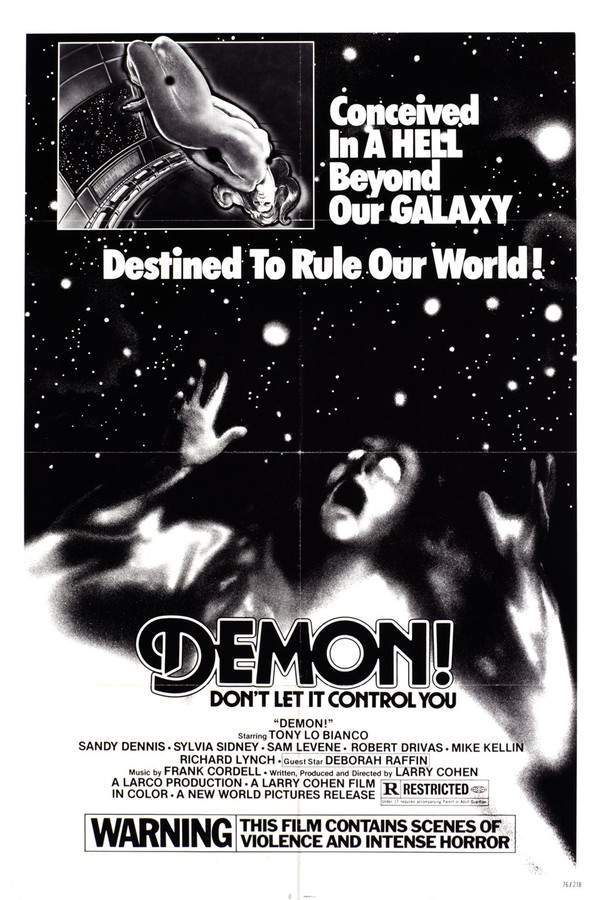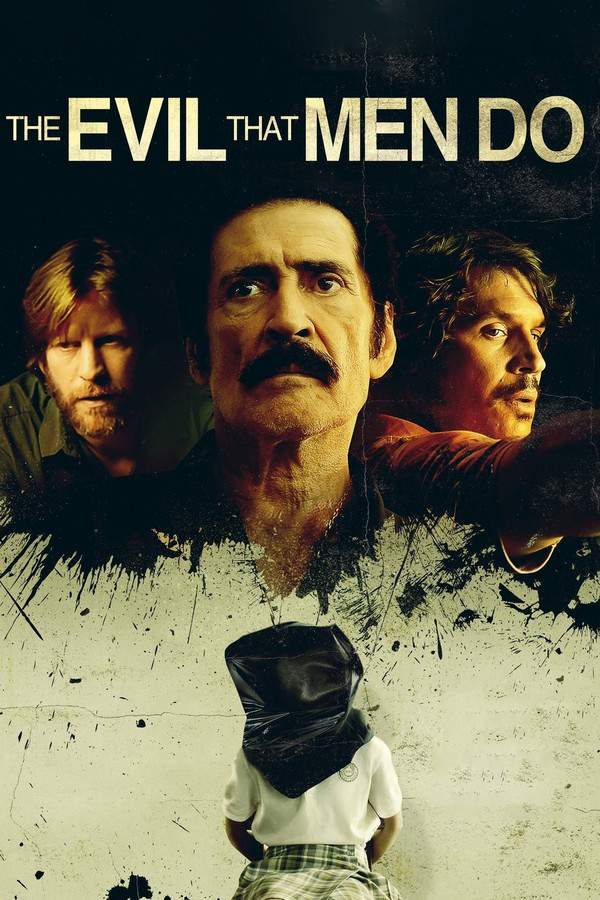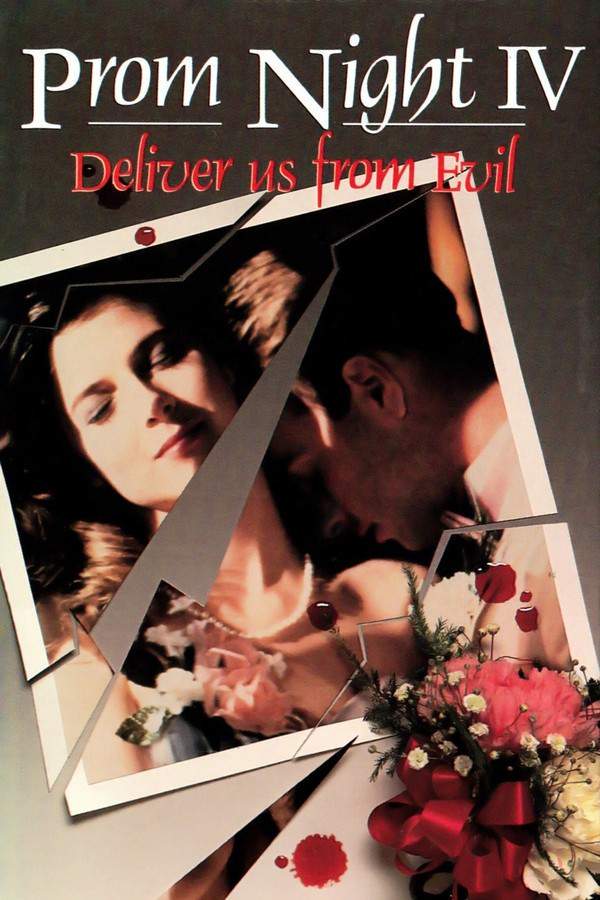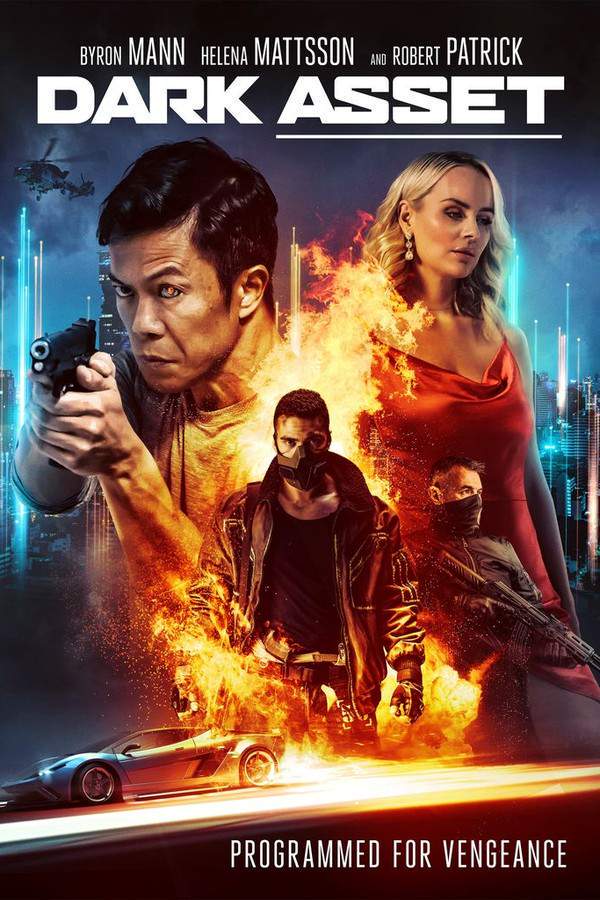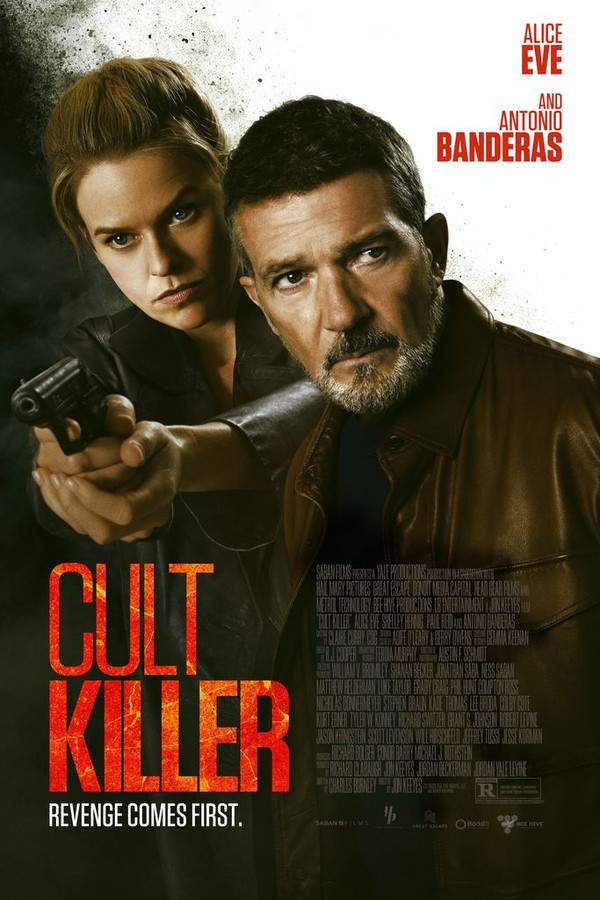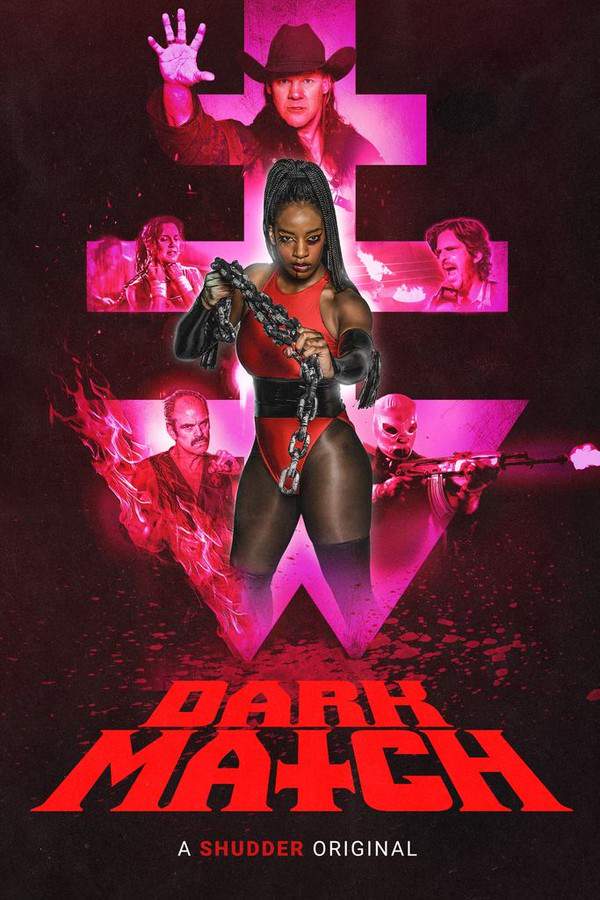
The Wrath of Vajra
Year: 2013
Runtime: 115 mins
Language: Chinese
Director: Law Wing-Cheong
During the 1930s, the Japanese cult known as The Temple of Hades collaborates with the Japanese military with the goal of devastating China. The cult forcibly acquires young children from impoverished families, training them to be deadly assassins serving the Empire of Japan. Among them is Vajra, who endures brutal conditions and inadvertently causes his brother's death. Years later, Vajra matures into a formidable killer within the Hades sect before escaping to China and finding refuge within Shaolin. There, he achieves spiritual enlightenment and resolves to fight against Japanese aggression.
Warning: spoilers below!
Haven’t seen The Wrath of Vajra yet? This summary contains major spoilers. Bookmark the page, watch the movie, and come back for the full breakdown. If you're ready, scroll on and relive the story!
The Wrath of Vajra (2013) – Full Plot Summary & Ending Explained
Read the complete plot breakdown of The Wrath of Vajra (2013), including all key story events, major twists, and the ending explained in detail. Discover what really happened—and what it all means.
Long ago, at the distant Hades shrine, a death cult known as the Cult of Hades began abducting the children of its enemies and training them to become merciless assassins. Among these children grew a prodigy named K-29, a force of deadly precision whose signature is the boundless power of the so‑called “17‑seconds‑deadly moves,” the wrath of Vajra. He rises as the temple’s most feared weapon, his skills nearly unmatched by anyone, including his fiercest rival, Daisuke Kurashige. Daisuke, though gifted, lacks the full Vajra power possessed by K-29, and the two lock into a high-stakes rivalry that tests every rule the cult has ever taught.
The temple’s dark theater grows even more dangerous as the cult’s leaders push for ever more fear and control. The young K-29’s path takes him away from the line of fire when he defeats his fellow champions and, in a pivotal moment, spares his rivals rather than destroying them. He flees to Shaolin to seek a quieter life with his younger brother, [Qinquong], under the quiet guidance of a monk who urges restraint. Yet the dream of freedom is fragile, for the cult’s shadow stretches far and wide, and the legend of Vajra’s true king slowly fades into myth.
Meanwhile, the ruling prince of the land—Prince Shiroginomiya—visits the aging founder of the Hades cult, Sensei Amano. This reunion sparks a grim proposal: revive the cult to sow fear once again. Amano entrusts the revival to his most trusted pupil, Daisuke Kurashige, who has become a formidable warrior while clinging to the old Hades principles. Daisuke declares himself the Vajra king and manipulates the crowd by claiming that his trusted allies, including Tetsumaku Rai and the formidable Crazy Monkey, also bear Vajra power. But many observers—aware that the true Vajra belongs to K-29—see through the ruse. The growing doubt splits the cult into factions and electrifies the theater of combat with a sense of impending upheaval.
In a calculated move, Amano and Daisuke abduct K-29’s younger brother, [Qinquong], and force him into the fold of the mind‑controlled children who will be shaped into Hades loyalists. The news awakens K-29 from his Shaolin seclusion, and he returns with the blessing of his chief monk to challenge the shaken fortress of the shrine. An open contest is issued: if K-29 can best [Tetsumaku Rai] and [Crazy Monkey], a direct confrontation with Daisuke will be possible. The challengers rise to the occasion, and K-29’s mastery—his Vajra discipline—shines through as he defeats both rivals with astonishing finesse. Daisuke, recognizing the true Vajra presence in K-29, fights with fury but cannot break the king’s hold; the clash ends with K-29 narrowly prevailing and a crowd of warriors turning toward his side.
The clash precipitates a faltering rebellion within the Hades ranks. Weapons surface where hand‑to‑hand combat once reigned, and the truth behind Hades’s “truth” begins to unravel. In the heat of betrayal, Amano’s daughter, Amano Eko, is killed while trying to protect the vulnerable children, a tragedy that hardens the resolve of those who stand with K-29. The climactic duel between K-29 and Daisuke plays out with the full display of Vajra power—K-29 unleashes the coveted “17‑second” on his rival, sealing Daisuke’s fate. As the dust settles, Daisuke proclaims K-29 as the true King of Vajra before he dies, his final words echoing the hollow victories the cult sought to manufacture.
In a revelatory turn, the Undertaker at the shrine—Undertaker—unmasks a truth long concealed: the elder brother, [K-31], who seemed to have perished in childhood, has actually survived. The reveal comes when K-31 steps forward, having waited in disguise to see if K-29 would return to claim his rightful place. He explains that he saved K-29 years ago and has now aligned with the light to restore safety to the abducted children. The two brothers join forces to rescue the children and dismantle the abominable machinery of fear that the Hades cult depended on.
In the aftermath, the cult’s power wanes, the conspirators are scattered, and the recovered children are freed from their mind‑washing. The once‑mighty Hades shrine returns to something closer to peace as K-29 and his allies, including Master Yuan and other loyal fighters, begin to rebuild a future far removed from the cult’s murderous rituals. The legend of Vajra is no longer a weapon wielded to terrorize the innocent but a memory of a time when courage, loyalty, and truth rose above manipulation. And while the world still whispers about the wrath of Vajra, the story ends with a cautious hope that a new era can emerge from the shadows.
Last Updated: October 03, 2025 at 06:48
Explore Movie Threads
Discover curated groups of movies connected by mood, themes, and story style. Browse collections built around emotion, atmosphere, and narrative focus to easily find films that match what you feel like watching right now.
Martial Arts Redemption Stories like The Wrath of Vajra
Characters endure violent pasts to find spiritual peace and fight for justice.If you enjoyed The Wrath of Vajra, you'll like these movies about characters seeking redemption through martial arts. This list features similar stories of violent pasts, spiritual awakenings, and epic fights for justice. Find more kung fu and action films with heavy emotional weight and hopeful endings.
Narrative Summary
The narrative typically begins with a protagonist shaped by a traumatic or violent upbringing, often involving indoctrination into a deadly lifestyle. A pivotal event sparks their escape or rebellion, leading them to a path of spiritual and physical mastery. The climax involves a confrontation with their past, using their hard-won skills to achieve personal redemption and defeat a great evil.
Why These Movies?
Movies are grouped here based on their shared focus on a specific character arc: from brutalized weapon to enlightened warrior. They blend high-intensity action with heavy emotional themes of trauma and redemption, creating a powerful, fast-paced, and ultimately uplifting experience.
Movies about Cult Escapes like The Wrath of Vajra
Stories of breaking free from oppressive cults and confronting a sinister past.Looking for movies similar to The Wrath of Vajra about escaping a dark cult? This list features films with themes of brainwashing, violent training, and fighting back against a powerful, manipulative organization. Discover thrilling stories of survival and confronting a traumatic past.
Narrative Summary
These plots often begin within the confines of a secretive, fanatical group that exercises total control over its members. The protagonist, who may have been raised within the cult, reaches a breaking point and escapes. The story then becomes a tense cat-and-mouse game as the protagonist builds a new life while being hunted by the cult, leading to a final, definitive confrontation.
Why These Movies?
These films are united by their exploration of the psychological horror of cult indoctrination and the visceral thrill of escape and rebellion. They share a dark tone, fast pacing due to constant threat, and themes of mind control, survival, and reclaiming one's autonomy.
Unlock the Full Story of The Wrath of Vajra
Don't stop at just watching — explore The Wrath of Vajra in full detail. From the complete plot summary and scene-by-scene timeline to character breakdowns, thematic analysis, and a deep dive into the ending — every page helps you truly understand what The Wrath of Vajra is all about. Plus, discover what's next after the movie.
The Wrath of Vajra Timeline
Track the full timeline of The Wrath of Vajra with every major event arranged chronologically. Perfect for decoding non-linear storytelling, flashbacks, or parallel narratives with a clear scene-by-scene breakdown.

Characters, Settings & Themes in The Wrath of Vajra
Discover the characters, locations, and core themes that shape The Wrath of Vajra. Get insights into symbolic elements, setting significance, and deeper narrative meaning — ideal for thematic analysis and movie breakdowns.

The Wrath of Vajra Spoiler-Free Summary
Get a quick, spoiler-free overview of The Wrath of Vajra that covers the main plot points and key details without revealing any major twists or spoilers. Perfect for those who want to know what to expect before diving in.

More About The Wrath of Vajra
Visit What's After the Movie to explore more about The Wrath of Vajra: box office results, cast and crew info, production details, post-credit scenes, and external links — all in one place for movie fans and researchers.


